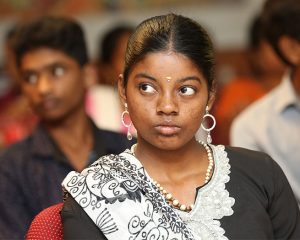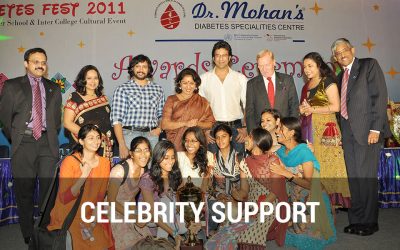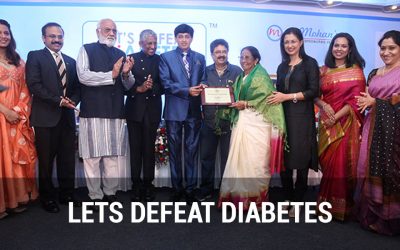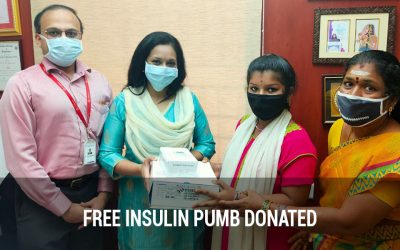TESTIMONIALS
Testimonials from a few benefited families
Charumathi
Selvi
with Type 2 diabetes, without a stable income, gets FREE medicines, eye treatment from DIRECT
Indhumathi
struggling with sugar fluctuations was gifted a pump to save her from complications
Our Charitable Trust
DIRECT

DIRECT, a charitable trust, through its talented teams of doctors, nurses, nutritionists, counsellors, ophthalmologists, and laboratory specialists, all of whom provide their services free of cost, works to bring completely free, high quality, and comprehensive diabetes treatment to underprivileged patients, irrespective of caste, creed or religion.
Join us in creating an equitable world in which everyone affected by diabetes has access to the medicines and technology needed to lessen the burden of disease, prevent avoidable complications and premature death. Your support will favourably impact the dignity and quality of life of those who receive your help.
DIRECT offers free out patient and inpatient treatment to the needy using an interdisciplinary team approach, which is essential for managing diabetes and for meeting the educational and psycho-social needs of patients. Over and beyond a simple diagnose and treat strategy, DIRECT adopts Dr. Mohan’s Diabetes Specialities Centre’s (DMDSC) planned schedule for follow-up care that helps prevent diabetes complications.
Patients with diabetes who are unable to thrive due to lack of resources, receive from the highly trained, motivated team at Dr Mohan’s Diabetes Specialities Centre’s free, life long, comprehensive care. The services include out-patient consultations counselling for improved nutrition and physical activity, lifelong medicines for the poor and needy, routine laboratory screening for complications, in-patient care and surgical services.
Mission of DIRECT !
Saving and Improving Lives through
Charity
Patients under care for life
Screened for diabetes
Eye Camps Done
Auto Drivers screened
Latest News
Get Latest Updates About DIRECT
Celebrity Support
The twin epidemic of diabetes and obesity is increasing at alarming proportions in...
Lets Defeat Diabetes Pledge
Dr.Mohans “Lets Defeat Diabetes” According to international statistics, India currently...
Free Insulin Pump donated
Dr Anjana Ranjit Mohan, Managing Director, Dr Mohans Diabetes Specialities Centres...
Friends Forever
FRIENDS FOREVER SUPPORT GROUP
A social support group for children with T1DM and their family members. Friends Forever was formed to provide much needed social and emotional support to not just the children with diabetes, but also for their parents and siblings



